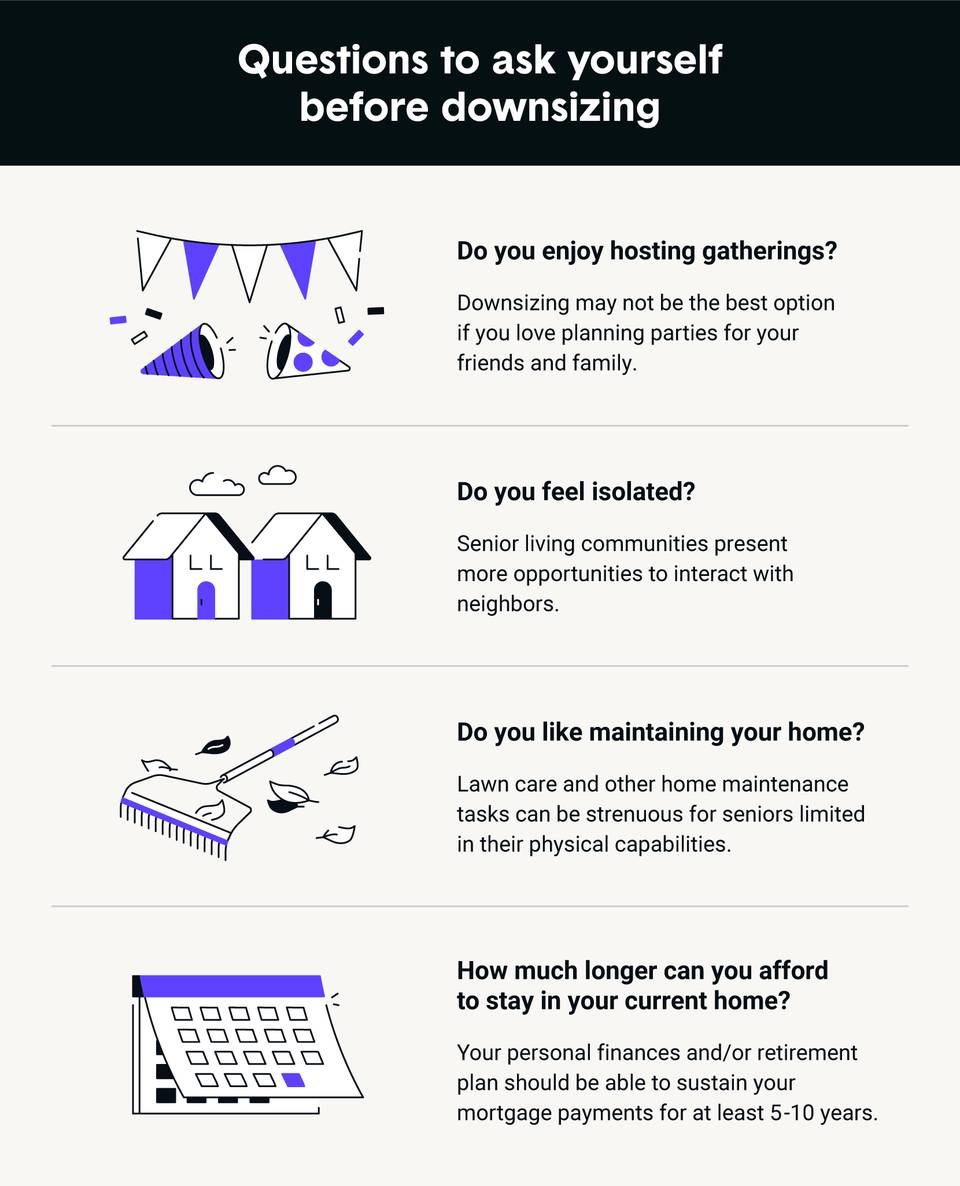After decades of collecting your life's most cherished memories, it can be difficult to imagine leaving the home you’ve adored. But on the days you spend cleaning vacant bedrooms and pushing yourself to make it up the stairs, you may come to the conclusion that a change is needed. Downsizing from the home you've grown to love can be incredibly challenging. After all, it’s a place you’ve spent years making memories in and hosting unforgettable holidays with your loved ones.
We’ve put together downsizing tips that will help you stay organized and cherish all the time you have left. There are also tips for move preparation and repurposing sentimental items you want to hold on to. Continue reading to learn how you can make lightening your life's load a lot less stressful or jump to our senior downsizing checklist below.







